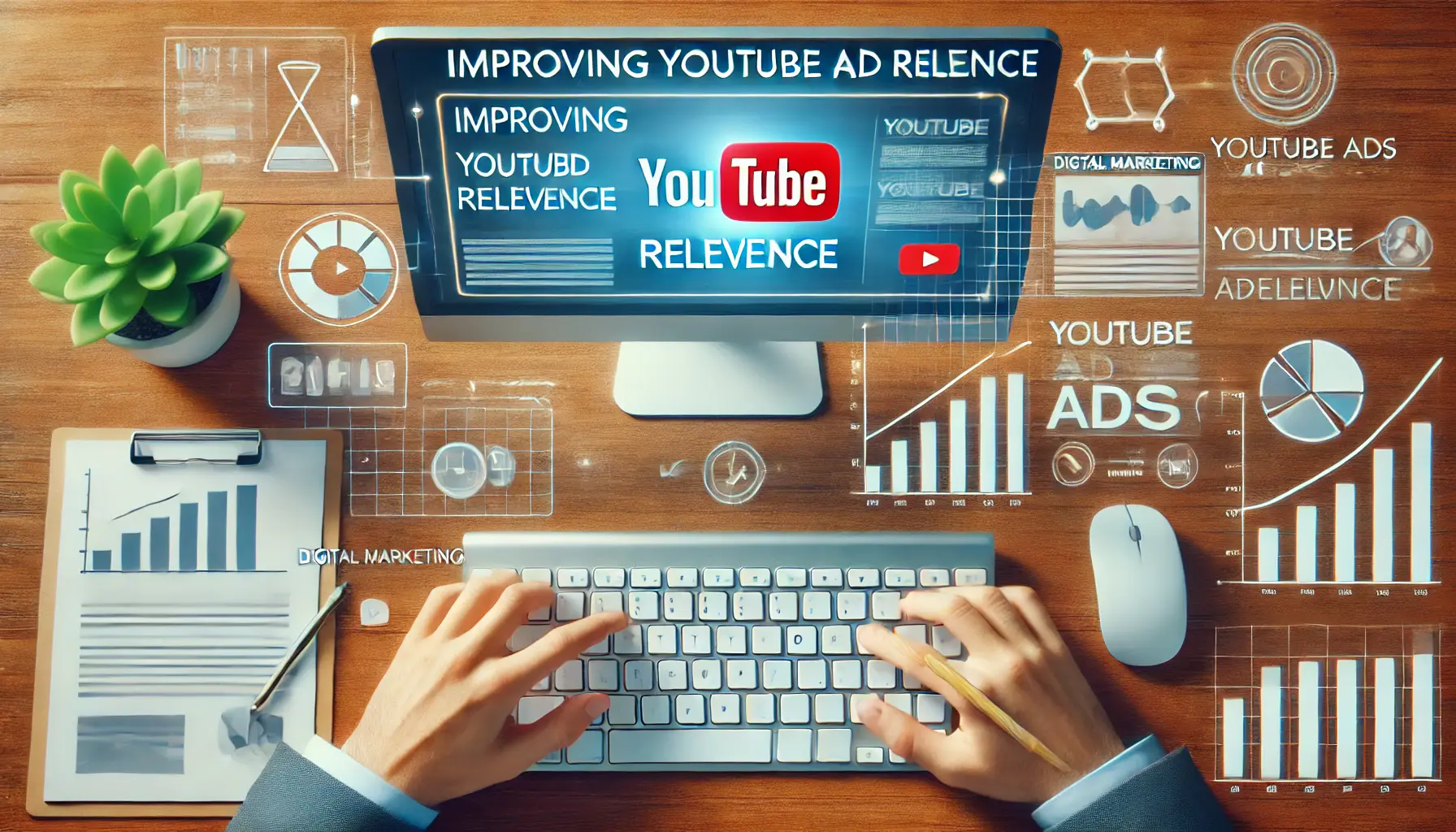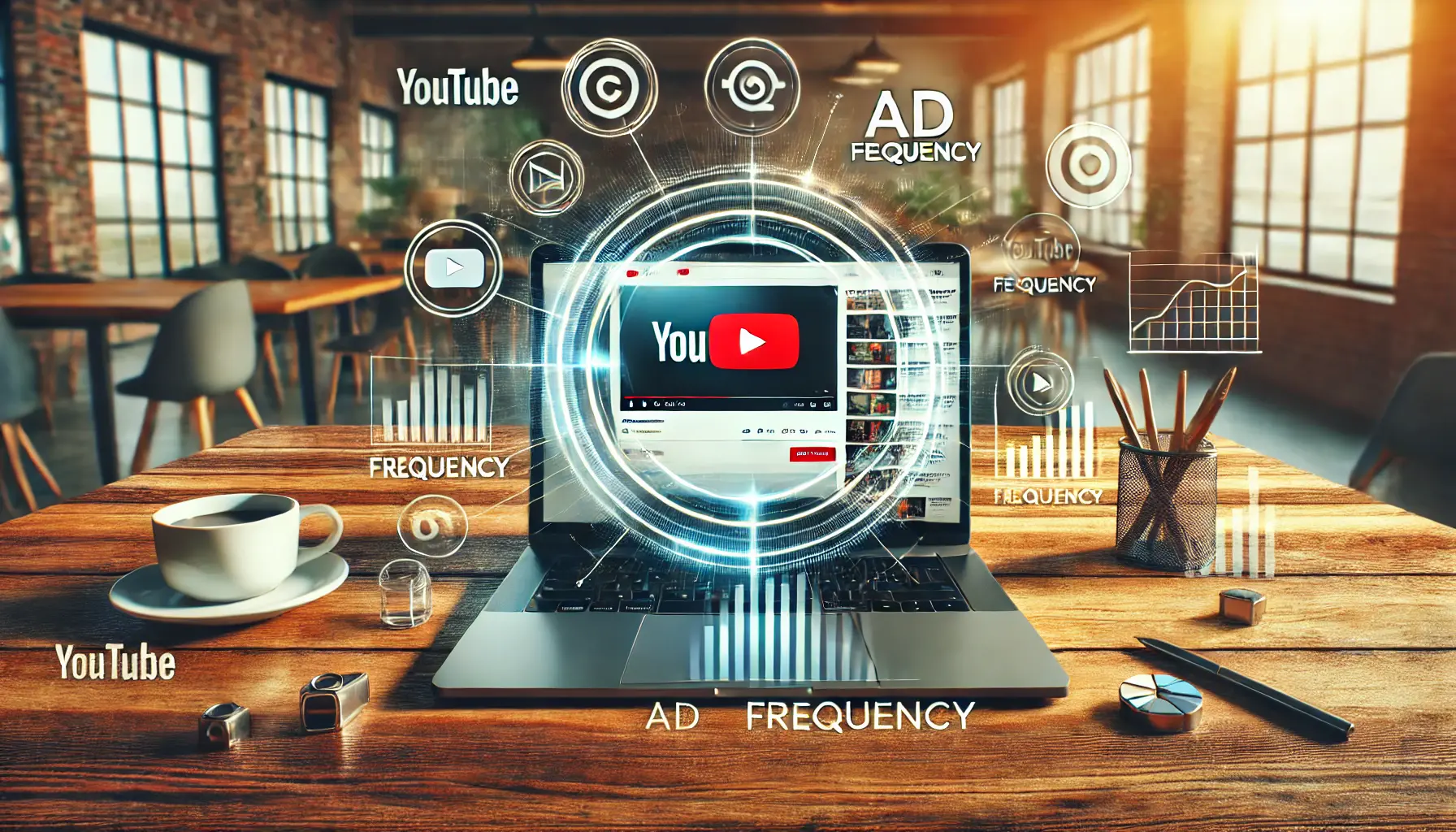Relevance means the right audience has to get the right message when it comes to YouTube ads.
Being one of the most extensive video platforms in the world, YouTube indeed opens many opportunities for businesses to connect with future customers.
To make your ad resonate with your audience and engage them, it takes more than simply placing it on the platform; it takes ad relevance.
Ad relevance can’t be achieved without capturing the attention of viewers and compelling them to interact with your content.
Whenever your ad on YouTube is relevant, it will feel personalized for the viewer, thereby increasing the conversion or engagement rate.
This article will outline four powerful ways to improve your ad relevance on YouTube for more impactful ad campaigns.
- Understanding YouTube Ad Relevance and Its Importance
- Improve Targeting to Increase Ad Relevance
- Create Relevant and Engaging Ad Copy
- How to Utilize Advanced Features of Targeting on YouTube
- Optimize Ad Placement for Maximum Relevance
- Maximizing Ad Relevance on YouTube for Better Campaign Success
- YouTube Ad Relevance: Common Questions and Quick Answers
Understanding YouTube Ad Relevance and Its Importance
Before diving into tactics, it’s essential to understand what ad relevance means on YouTube and why it’s so critical to the success of your ad campaign.
Ad relevance involves aligning your ad content with what a viewer expects to see, is interested in, or needs.
With increased relevance, you not only enhance the viewer experience but also boost the effectiveness of your ad, leading to better returns on your marketing spend.
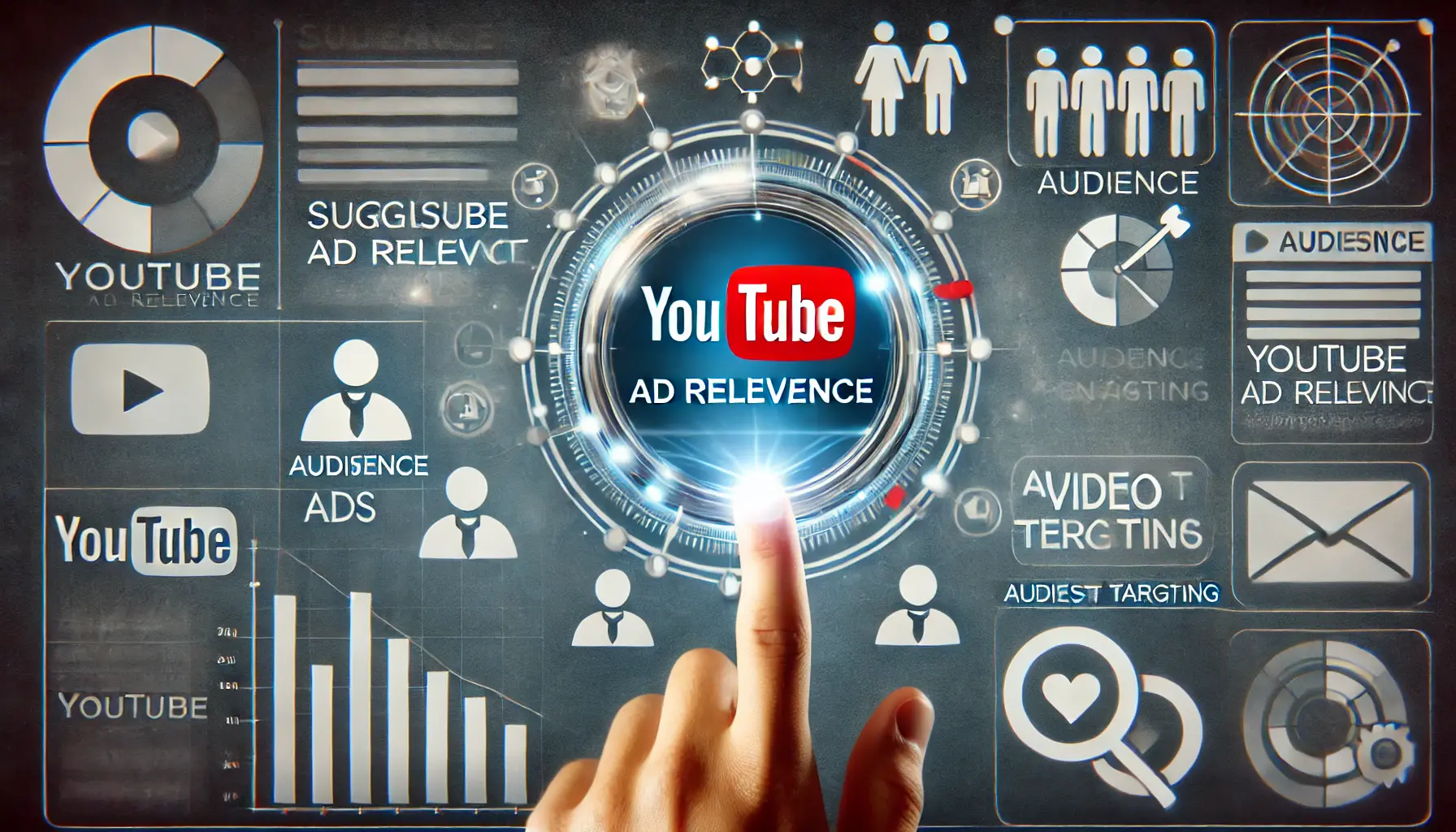
Understanding ad relevance on YouTube and its connection to audience engagement.
What is YouTube Ad Relevance?
YouTube ad relevance refers to how much the ad resonates with the intended audience.
A highly relevant ad is one that closely connects to the interests, behaviors, and needs of the viewer.
Relevance is essential not only because it increases viewer engagement but also because it enhances ad performance, attracting more views, clicks, and conversions.
By creating ads that match the user’s expectations, you’ll naturally build a stronger bond with them, increasing the potential for interaction while reducing the likelihood of your ad being skipped.
Ad relevance, in short, helps ensure a more extensive reach for your ad.
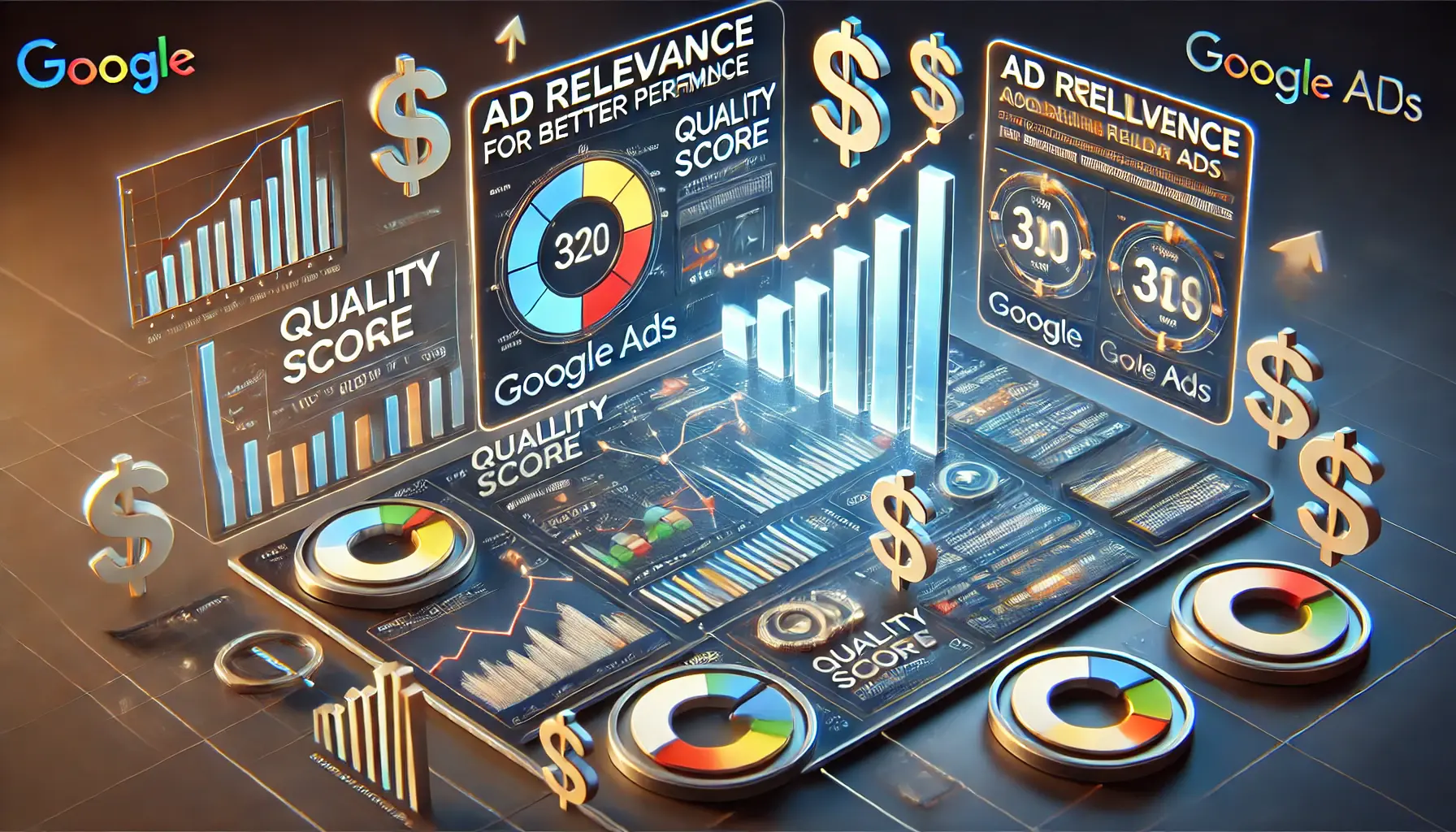
Exploring the significance of ad relevance for improving performance and cost-effectiveness in Google Ads.
Why Ad Relevance Matters in Google Ads
Ad relevance is not just a buzzword; it’s a core factor in how Google Ads assesses the quality of your ad.
A highly relevant ad generally scores better in Google’s quality assessments, leading to higher ad placements and lower cost per click (CPCCPC stands for Cost Per Click, a metric used to measure the cost of each click on an ad in digital advertising campaigns.).
This relevance signals to Google that your ad holds value for viewers, giving it a better ad position and, often, a better return on investment (ROIROI stands for Return on Investment, a measure of the profitability of an investment or marketing campaign.).
- Higher Quality Scores: Google evaluates ad relevance as part of its Quality Score metric, often favoring more relevant ads in ad placements.
- Lower CPC: A relevant ad is rewarded with lower costs, allowing you to reach more viewers within your budget.
- Increased Engagement: Relevant ads capture viewers’ attention more effectively, improving engagement rates and subsequently boosting conversion rates.
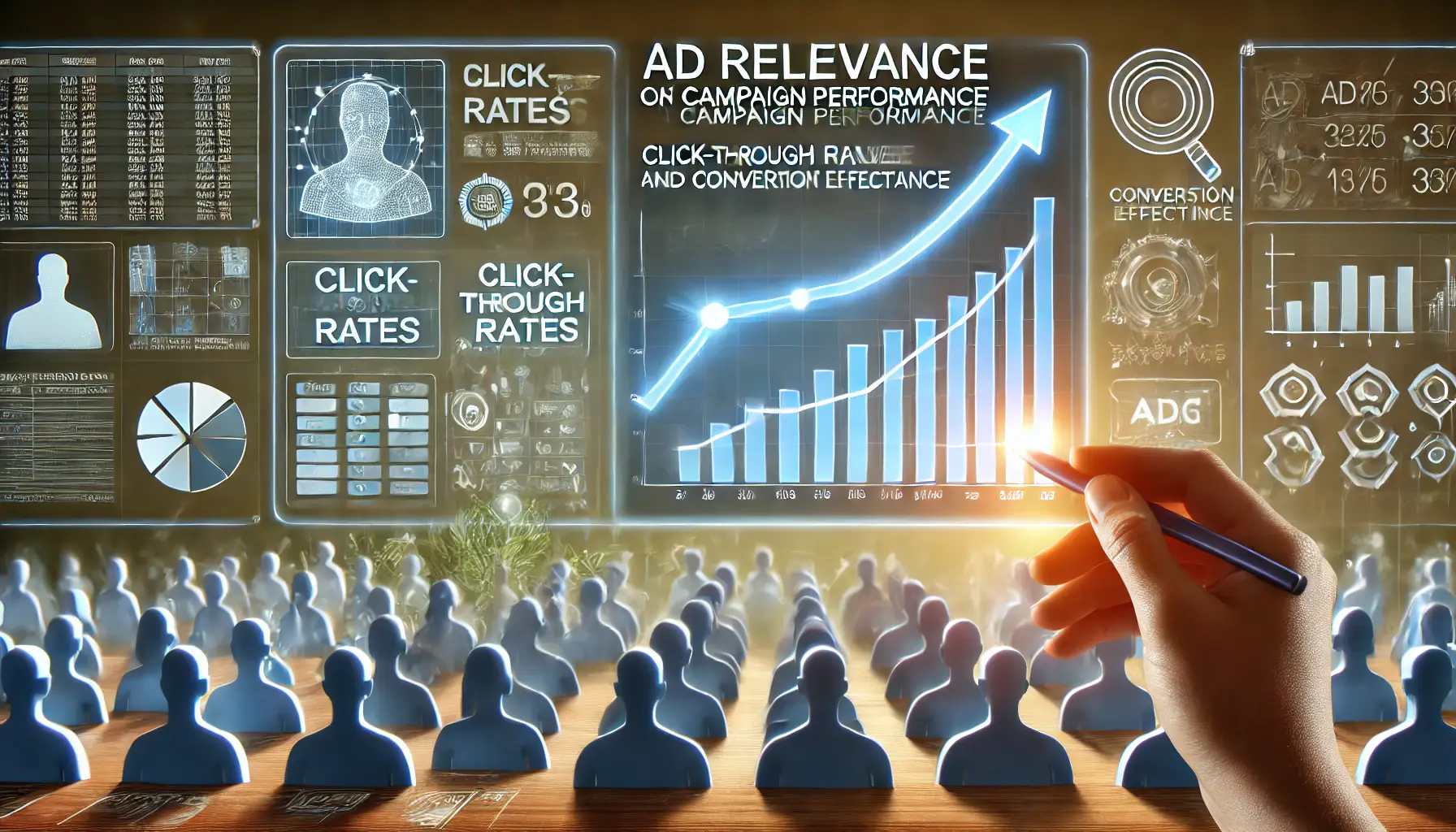
The influence of ad relevance on campaign performance and engagement metrics.
How Ad Relevance Impacts Campaign Performance
Ad relevance directly contributes to your campaign’s performance.
When relevance is high, your audience feels more connected to your content, boosting engagement.
High relevance reduces skip rates and enhances watch times, leading to better performance metrics overall.
For instance, a well-targeted and relevant ad campaign can significantly improve metrics such as conversion rate and click-through rate (CTRCTR stands for Click-Through Rate, a metric that shows the percentage of people who click on an ad after seeing it.).
The more relevant your ads are, the more engaged your audience will be, helping you achieve your campaign goals effectively.
Ultimately, investing time in improving your ad relevance will pay off in the form of more effective and impactful YouTube advertising campaigns.
Ad relevance on YouTube is crucial for creating a seamless viewer experience, aligning ad content with audience interests for optimal engagement and ROI.
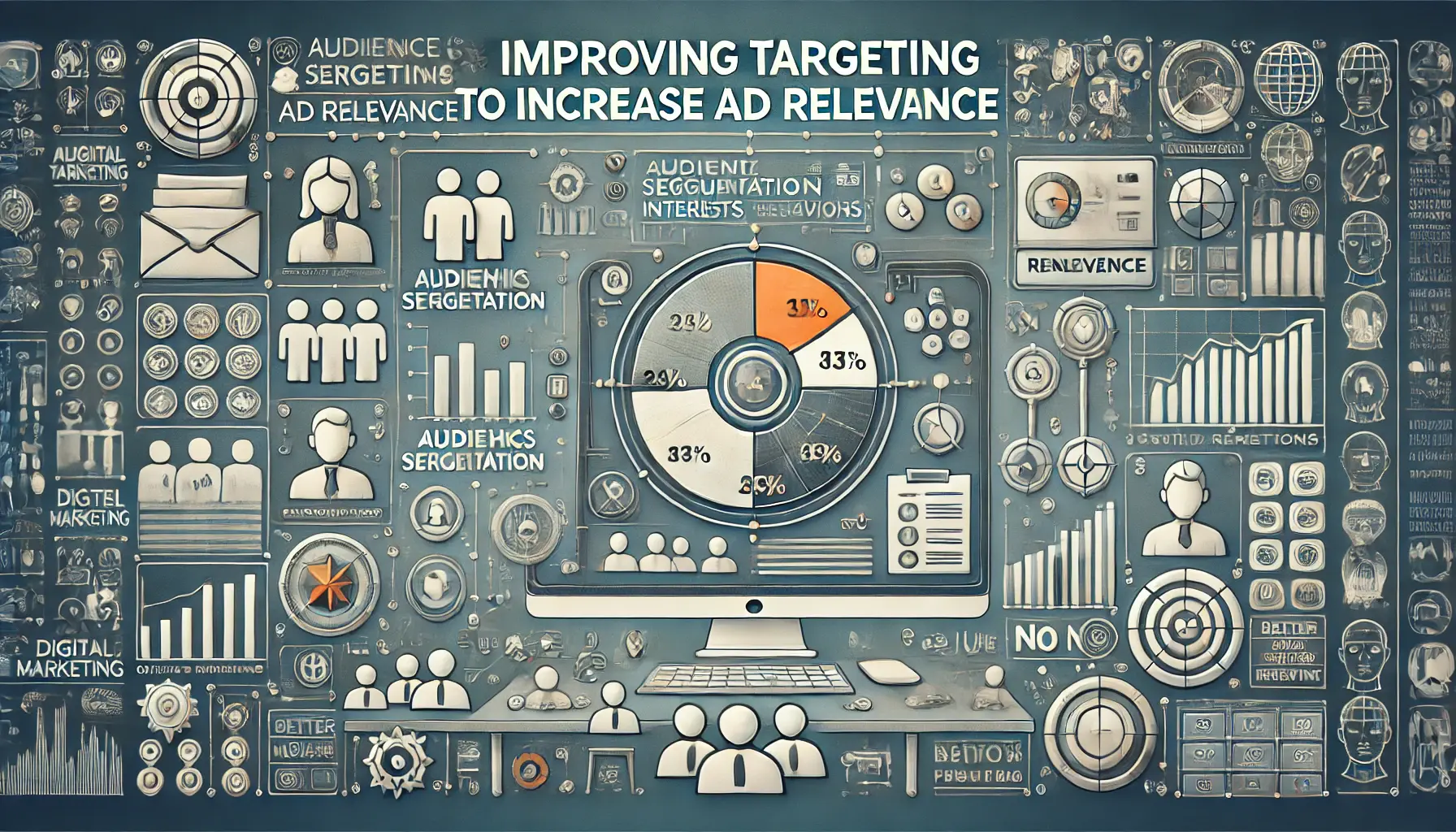
Enhancing ad relevance through better audience targeting using demographic and behavioral data.
Improve Targeting to Increase Ad Relevance
Among the most effective ways to increase ad relevance on YouTube is refining audience targeting.
The better you understand your audience, the more likely you are to create an ad that resonates with them.
YouTube offers a range of targeting options that let you handpick who sees your ad, from demographics to interests and online behaviors.
By optimizing targeting, you ensure that ads are served to the right people, increasing engagement and conversions.
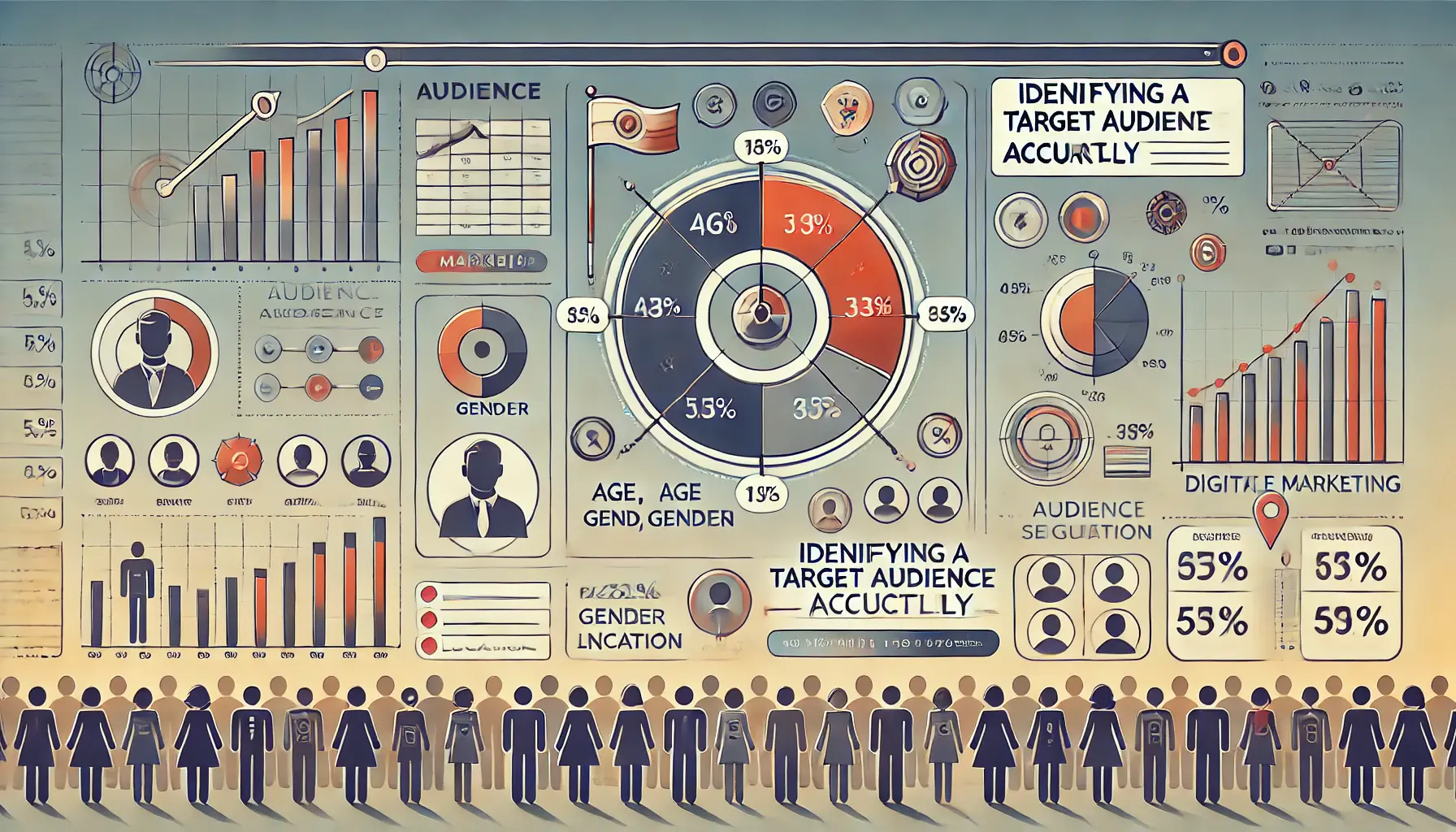
The importance of accurately identifying your target audience using detailed analytics.
Identify Your Target Audience Accurately
Understanding who your target audience is may sound simple, but the process requires deep analysis to be accurate.
Use tools such as Google Analytics, audience insights, and YouTube’s own analytics to truly know who is interested in your content and products.
Consider factors like age, location, gender, and interests.
The more you narrow down your audience, the more relevant your ads will be to viewers who are likely to engage with your ad.
- Use Demographic Targeting: Specify the age, gender, and location of your ideal viewers to improve ad relevance.
- Analyze Audience Insights: Google Analytics and YouTube Analytics offer valuable insights to refine your targeting.
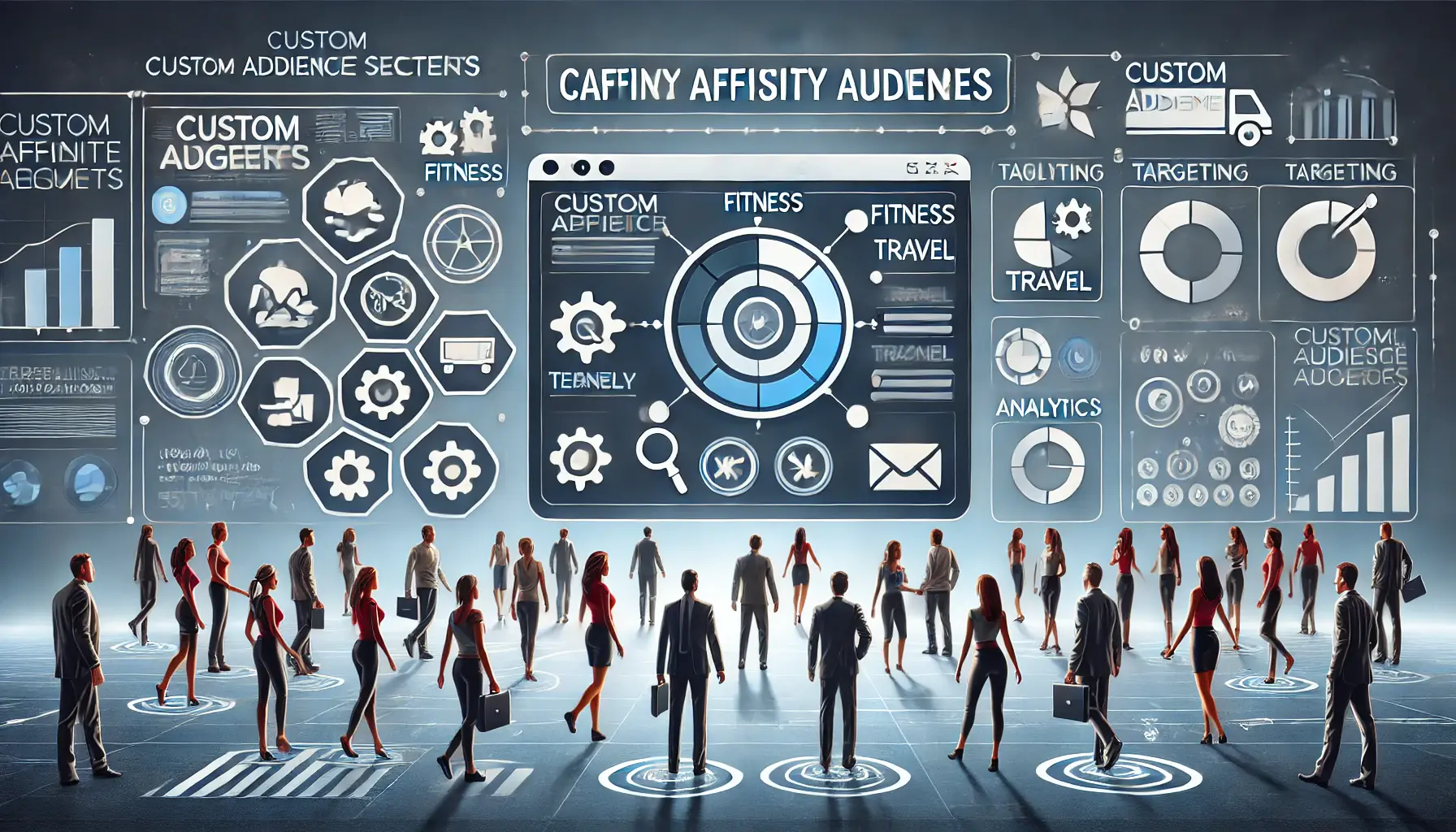
Creating custom audience segments for more targeted digital marketing campaigns.
Leverage Custom Affinity Audiences
With custom affinity audiences, you can reach people based on their passions and lifestyle choices.
In Google Ads, you can build highly specific profiles that represent viewers most likely to show interest in your ad.
This lets you reach audiences with content tailored to their interests and long-term preferences, making your ads feel more relevant to them.
- Create Custom Affinities: Develop brand-related affinities, such as fitness, tech enthusiasts, or travel lovers, to target viewers more precisely.
- Personalization: Customize ad content to fit the specific interests of your custom affinity audience.
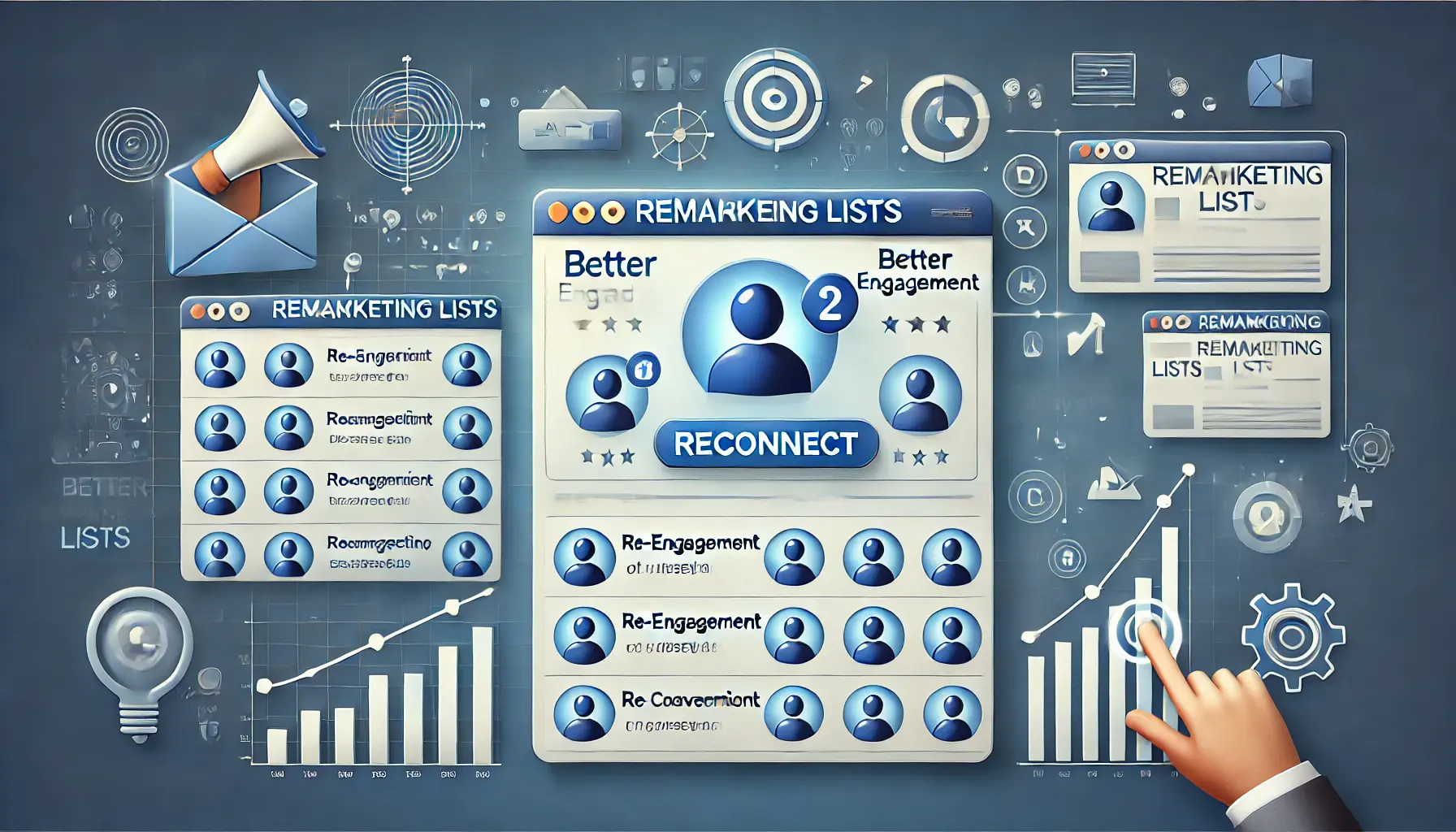
Leveraging remarketing lists to increase user engagement and conversions in digital marketing campaigns.
Use Remarketing Lists for Better Engagement
Remarketing is one of the most effective ways to enhance relevance by reconnecting with people who have already shown interest in your brand.
You can create YouTube remarketing lists in Google Ads to target users who viewed or engaged with your videos, visited your website, or used your app.
Remarketing increases the likelihood of engagement because these users are already familiar with your brand and more likely to respond to relevant, targeted content.
- Target Previous Viewers: Show ads to viewers who have already watched your videos to reinforce brand familiarity.
- Re-Engage with Website Visitors: Target website visitors to re-engage them effectively.
- Amplify Ad Frequency: Increase the frequency of your ads appearing for users who have previously engaged, keeping your brand top of mind.
Optimizing audience targeting is one of the most essential steps in improving ad relevance.
The more focused your targeting, the more likely you’ll reach viewers inclined to engage with your ads, enhancing the effectiveness of your campaign through advanced targeting options.
Using advanced targeting on YouTube helps ensure your ads reach those most likely to engage, maximizing ad relevance and effectiveness.
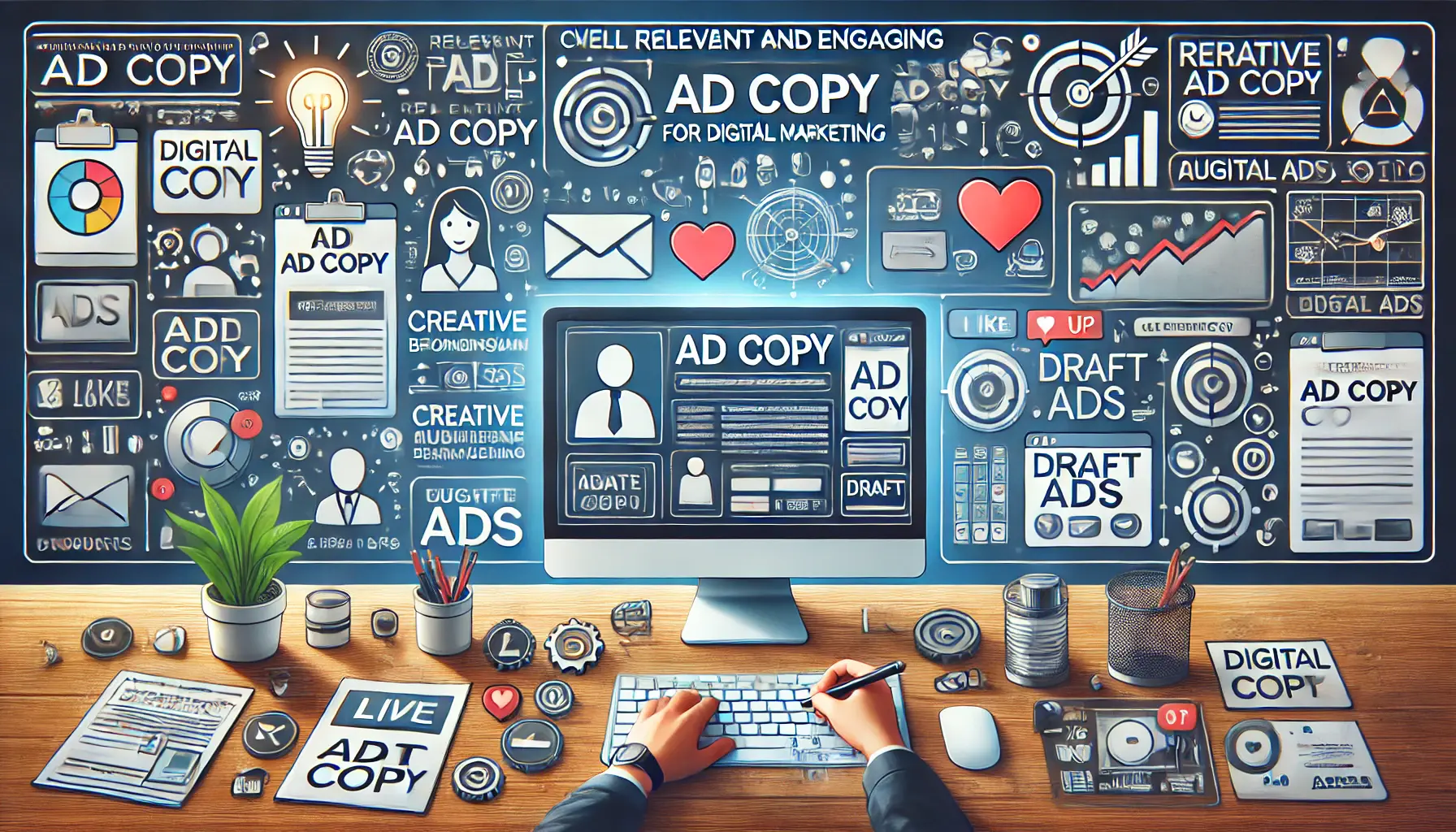
Crafting relevant and engaging ad copy to boost digital marketing campaign success.
Create Relevant and Engaging Ad Copy
Writing effective and relevant ad copy is critical in capturing the attention of your audience and increasing ad relevance with YouTube Ads.
If viewers find your ads engaging, they are more likely to interact, resulting in higher conversion rates.
To achieve this, focus on clearly communicating your messages, using appealing visuals, and including compelling calls-to-action (CTAs).
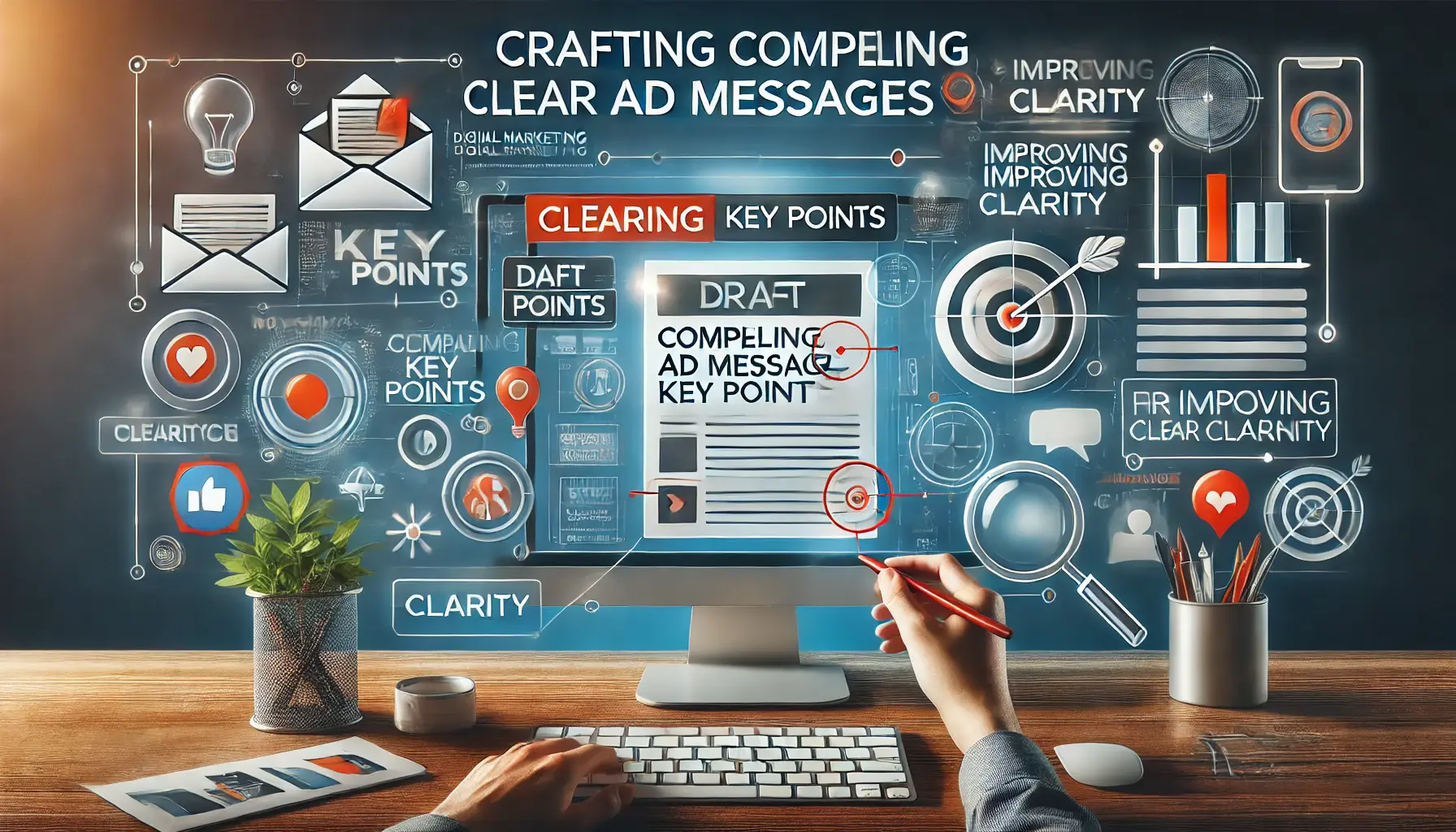
Creating compelling and clear ad messages for effective digital marketing campaigns.
Craft Compelling and Clear Ad Messages
Your ad message should be concise and directly address the viewer’s needs or interests.
Start with a strong hook to capture viewers’ attention within the first few seconds, as this brief moment is crucial in retaining their interest.
Ensure that the message resonates with your brand’s voice and speaks directly to your target audience.
- Use Simple Language: Avoid jargon and convey your message clearly.
- Highlight Benefits: Explain how your product or service solves a problem or enhances the viewer’s life.
- Maintain Consistency: Align the messaging in your ad with your overall brand message and values.

Selecting visuals that resonate with the target audience to enhance digital marketing effectiveness.
Use Visuals that Resonate with Your Audience
Visualization is a powerful tool for capturing attention and effectively conveying your message.
Ensure that the images or videos you use are high quality and represent your brand, appealing to your target audience.
- Showcase Your Product: Display your product in action to help viewers understand its value.
- Use Relatable Imagery: Include visuals that your audience can identify with, making your ad more relatable.
- Maintain a Consistent Look: Adhere to specific colors, fonts, and styles that align with your branding.
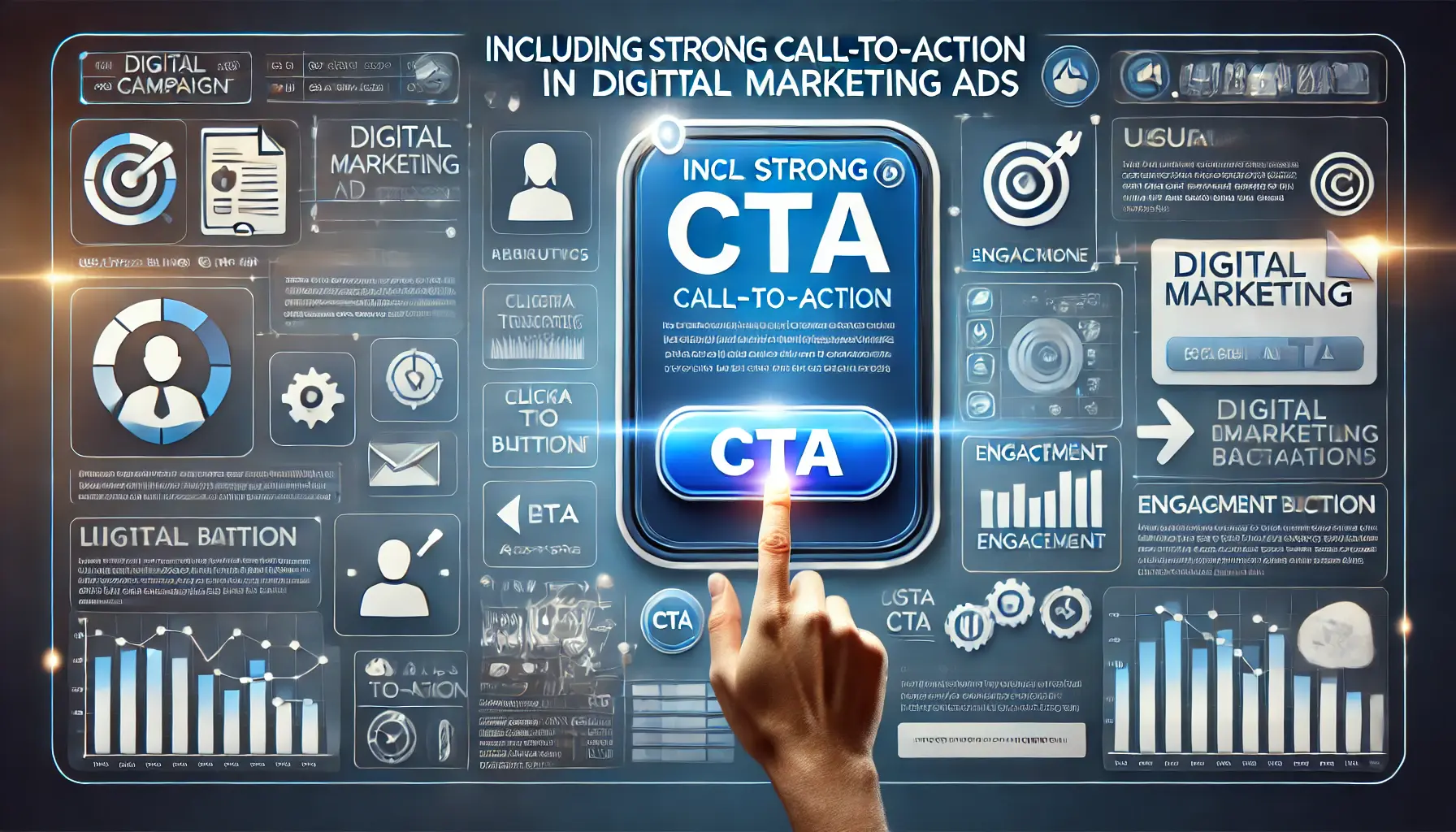
Designing a compelling call-to-action (CTA) to encourage engagement in digital marketing campaigns.
Include Strong Call-to-Action Elements
A strong call-to-action (CTA) guides viewers on the next steps after watching your ad.
Whether it’s visiting your website, subscribing to a newsletter, or making a purchase, clear and persuasive CTAs can greatly enhance engagement.
- Be Direct: Use action-oriented language that tells the viewer exactly what to do.
- Create Urgency: Add time-sensitive language to encourage immediate action.
- Make It Stand Out: Design your CTA to be clearly visible and distinguishable from the rest of the ad content.
Emphasizing these elements will help you create ad content that not only captures the audience’s attention but also drives effective engagement, enhancing relevance and impact in your YouTube advertising campaigns.
Engaging ad copy tailored to your audience’s needs can significantly improve relevance and retention, encouraging interaction.

Utilizing advanced targeting features on YouTube for more precise and effective ad campaigns.
How to Utilize Advanced Features of Targeting on YouTube
Using YouTube’s advanced targeting features is all about making your ads more relevant to your audiences.
These tools allow you to reach specific audiences based on demographics, interests, and behaviors, ensuring your ad is exposed to viewers who are most likely to resonate with it.
By implementing these features in active marketing, you can create ads optimized for performance and higher conversion rates.
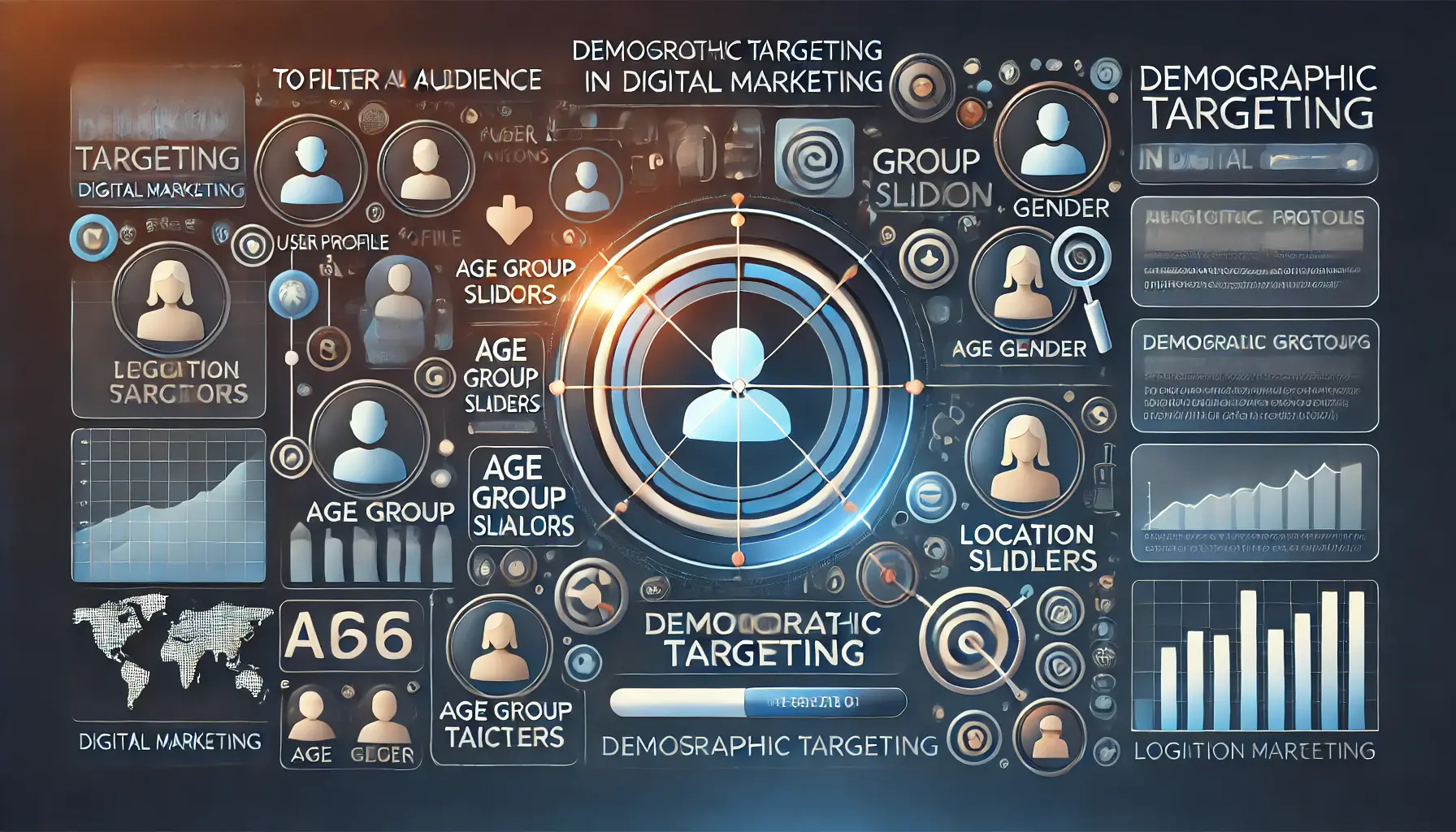
Refining audience selection with demographic targeting to enhance ad relevance.
Demographic Targeting
Demographic targeting enables you to focus ads on audiences of specific age groups, gender, parental status, and household income.
By targeting these characteristics, you can create content tailored to the needs and preferences of your ideal audience.
- Parental Status: Target parents with products or services relevant to family life.
- Household Income: Adjust your messaging to fit the purchasing power across different income brackets.
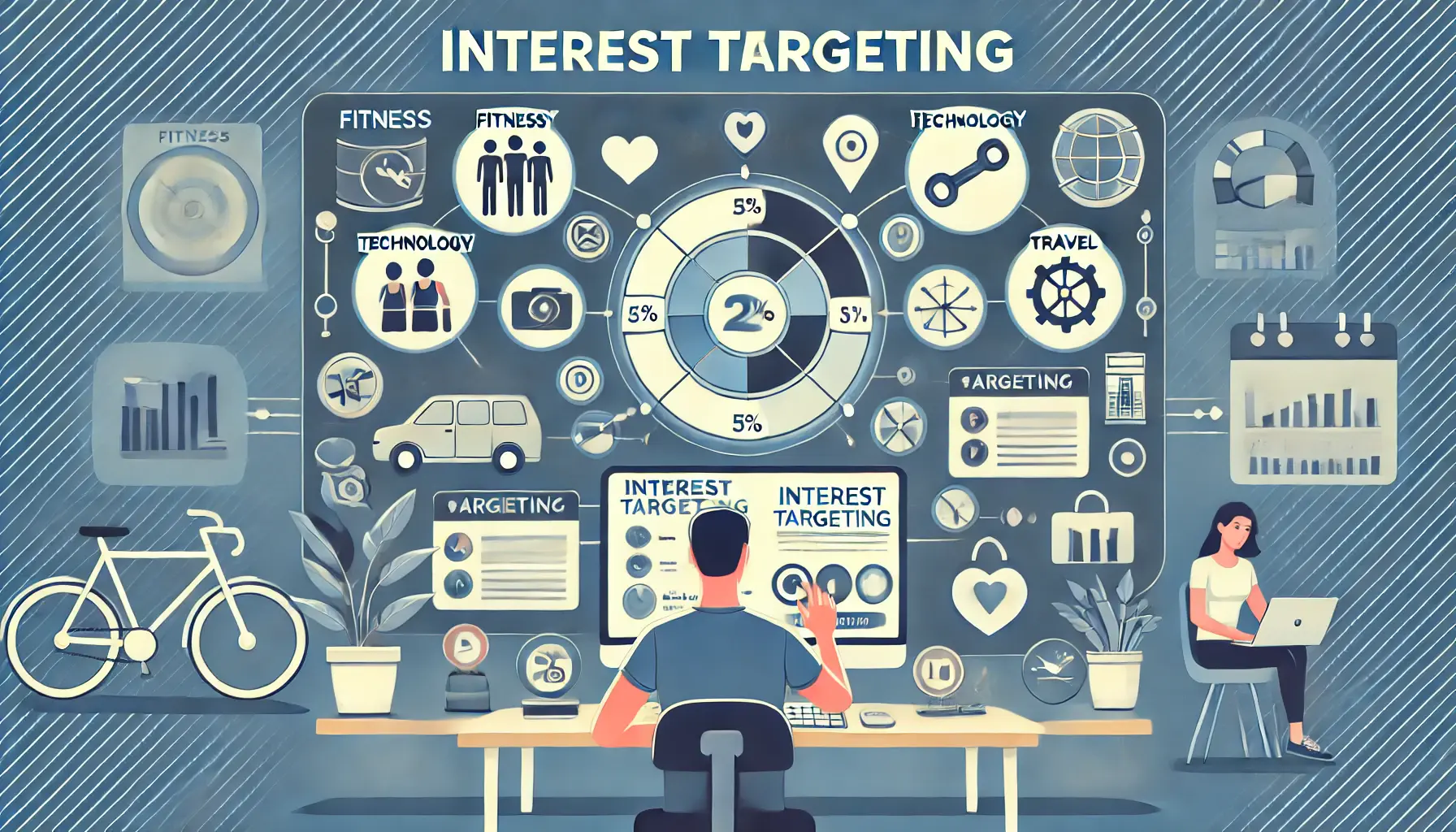
Refining ad targeting by selecting interest-based audience segments for better ad relevance.
Interest Targeting
Interest targeting allows you to reach users based on hobbies, passions, and lifestyle choices.
By aligning your ads with users’ interests, you increase the chances of engagement and conversion.
- Affinity Audiences: Target users who have shown interest in content related to your product or service through Affinity Audiences.
- Custom Affinity Audiences: Create custom audience categories by defining specific interests, URLs, places, or apps related to your business.
- In-Market Audiences: Reach users actively researching or comparing products and services similar to yours.

Enhancing ad relevance by using behavioral targeting, based on past user actions and interactions.
Behavioral Targeting
Behavioral targeting considers users’ online actions, such as what they’ve searched for, visited, or previously engaged with in relation to your content.
This approach is highly effective because you’re targeting users who have already shown interest in topics relevant to your offerings.
- Remarketing: Reconnect with users who have visited your website, app, or YouTube channel.
- Customer Match: Build campaigns targeting valuable customers across YouTube and other Google platforms using your own customer data.
- Similar Audiences: Expand your reach by targeting users with similar traits to your current customers or website visitors.
By leveraging YouTube’s advanced targeting features, your ads will reach only the most relevant audiences, driving more engagement and increasing the overall success rate of your advertising campaigns.
Leveraging YouTube’s advanced targeting options, such as demographic, interest, and behavioral targeting, improves ad relevance and campaign outcomes.

Optimizing ad placement for better targeting and relevance in digital marketing campaigns.
Optimize Ad Placement for Maximum Relevance
Enhancing the relevance of your YouTube ads involves strategic decisions about where and when your ads appear.
You cannot get your content in front of the right audience unless you place it during the most impactful moments.
Effective ad placement and timing are essential for increasing engagement and conversion rates.
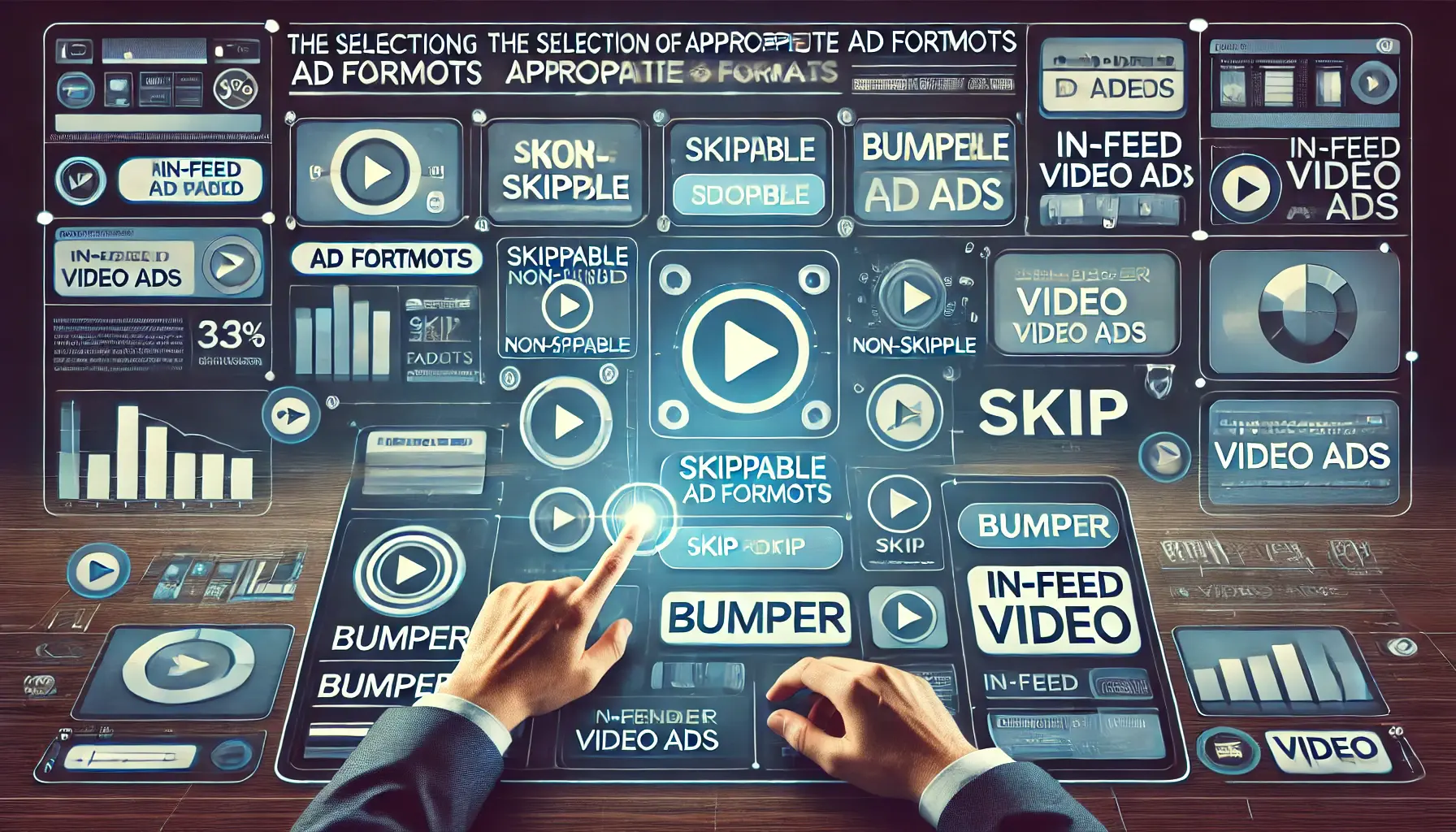
Selecting the right ad format for optimal engagement and campaign performance.
Choose Appropriate Ad Format
YouTube offers several ad formats designed for different purposes and audience preferences.
Selecting the right format helps maximize relevance.
- Skippable In-Stream Ads: These ads play before, during, or after other videos and can be skipped after five seconds. They work well for delivering longer messages to an engaged audience.
- Non-Skippable In-Stream Ads: Limited to 15-20 seconds, these ads cannot be skipped and are most effective when delivering a concise, impactful message.
- Bumper Ads: Six-second non-skippable ads that are ideal for short, memorable messages that need to stick with viewers.
- In-Feed Video Ads: These ads appear alongside YouTube search results or related videos, encouraging viewers to click and watch.
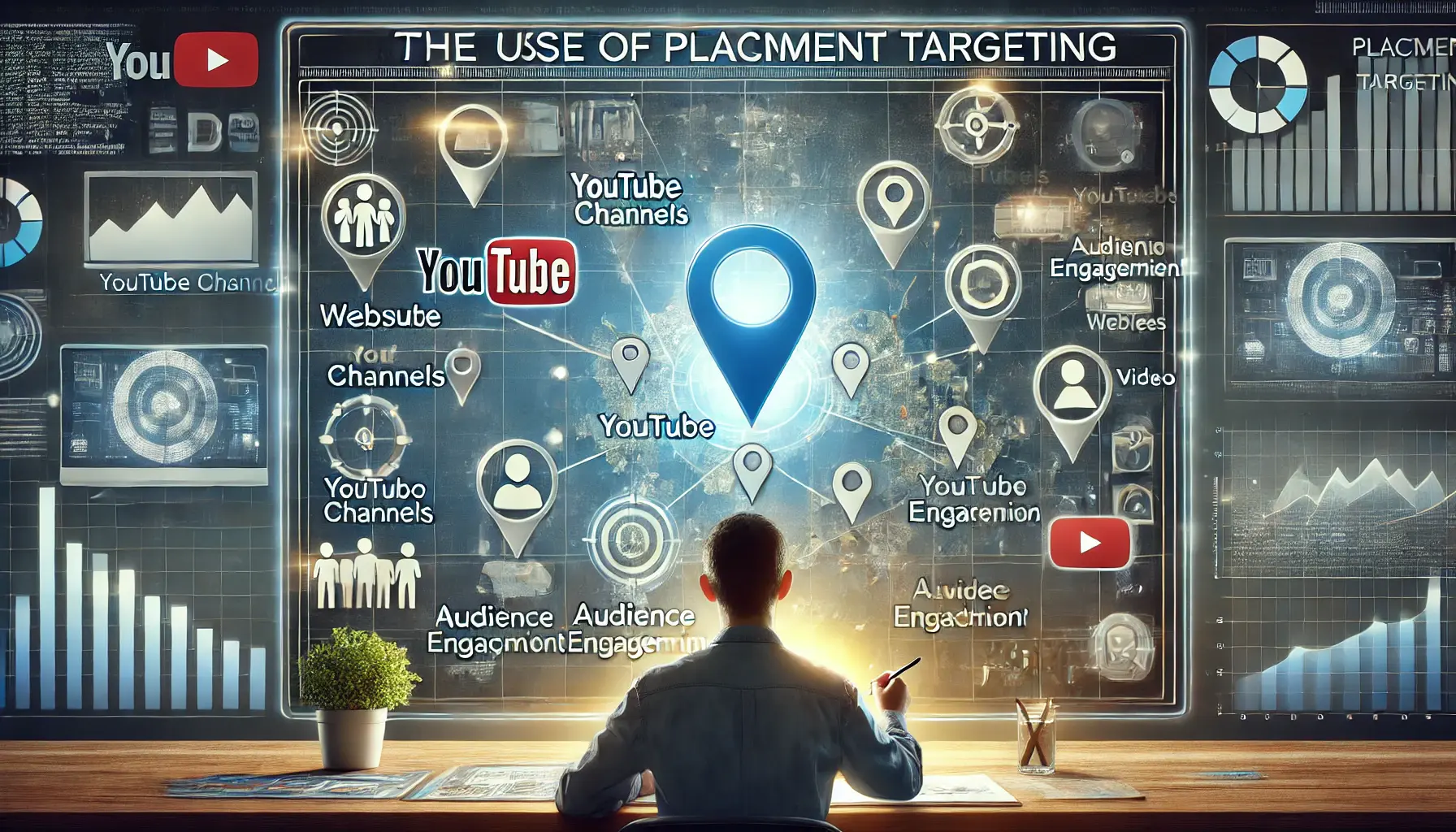
Utilizing placement targeting to strategically place ads on relevant websites, channels, and videos.
Make Full Use of Placement Targeting
Placement targeting allows you to choose specific channels, videos, or websites where your ads will appear.
This approach ensures your ads are shown in contexts that align closely with your target audience’s interests.
- Relevant Channels: Identify YouTube channels popular with your target audience and place your ads there for better targeting.
- Target Specific Videos: Select videos closely related to your product or service to enhance ad relevance.
- Leverage Google Display Network: Extend your reach by placing ads on websites and apps frequented by your audience.
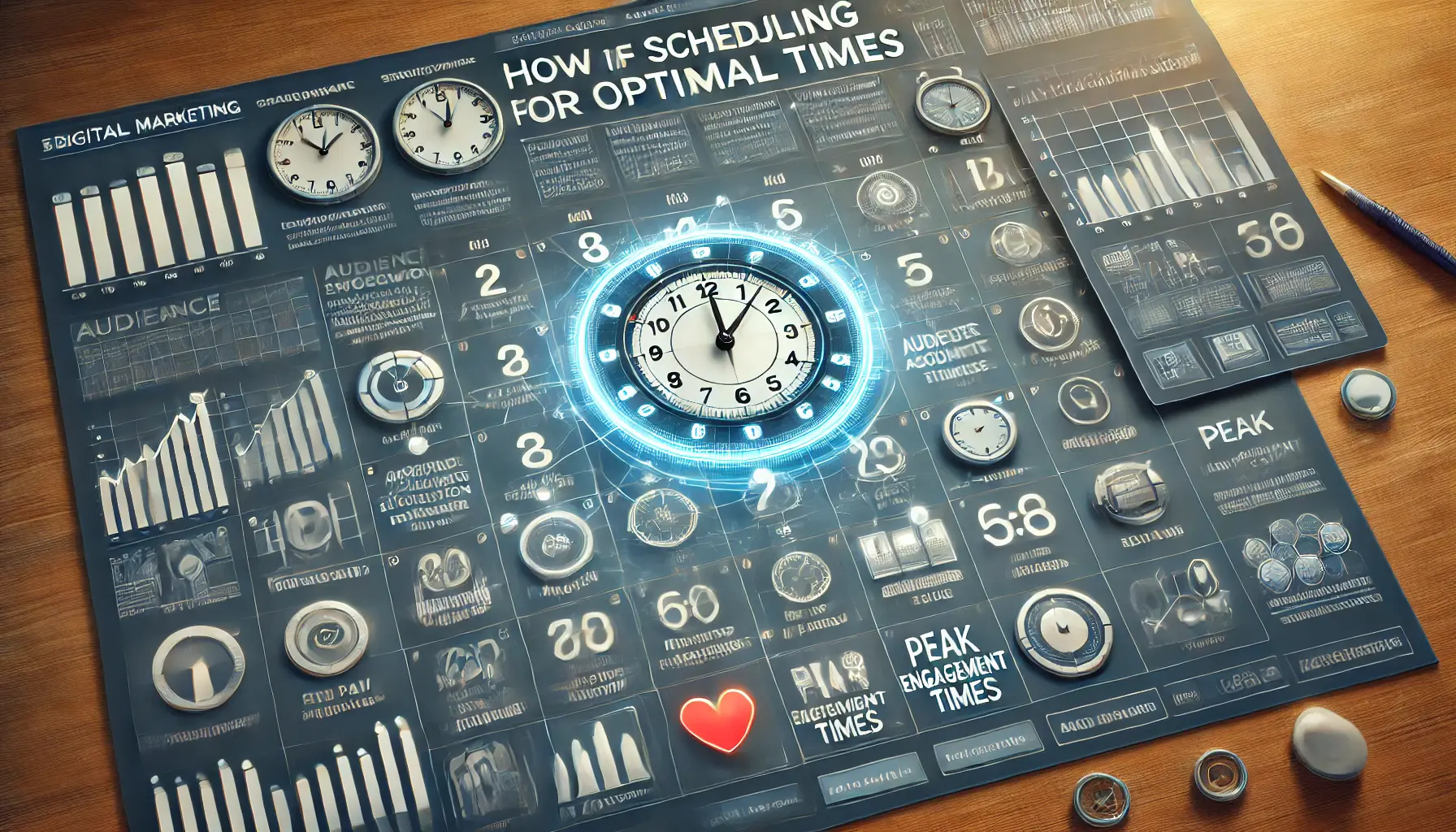
Strategically scheduling ads for maximum engagement at optimal times.
Schedule Ads for Optimal Times
Timing your ads to coincide with when your target audience is most active can significantly improve relevance and engagement.
- Analyze Audience Behavior: Use YouTube Analytics to determine when your audience is most active and schedule ads accordingly.
- Consider Time Zones: Adjust your ad schedule to accommodate multiple time zones if your audience is spread across regions.
- Make Use of Dayparting: Focus ad delivery during times of day when engagement rates are highest for your target audience.
Optimizing ad placement in YouTube advertising campaigns through careful selection of ad formats, placement targeting, and precise scheduling increases relevance, boosts viewer engagement, and enhances conversion rates.
Strategic ad placement on YouTube aligns content with audience preferences and viewing habits, enhancing relevance and impact.
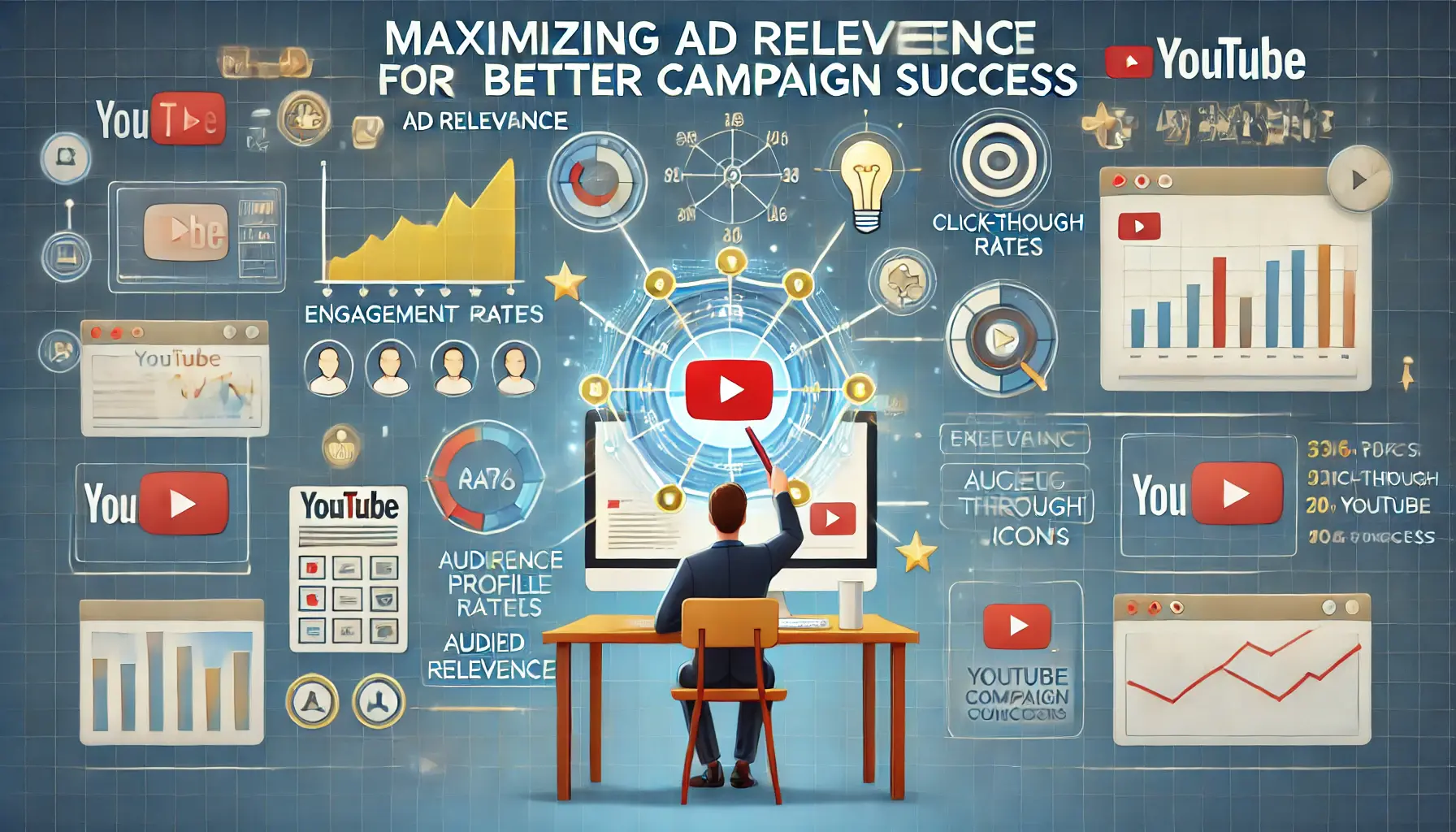
Maximizing ad relevance to improve YouTube campaign performance and achieve better success.
Maximizing Ad Relevance on YouTube for Better Campaign Success
Creating effective YouTube ads requires more than just placing them on the platform; it involves a strategic approach to ensure ads are relevant to viewers.
Throughout this article, we have covered the key practices for improving ad relevance on YouTube, which leads to higher viewer engagement and conversion rates.
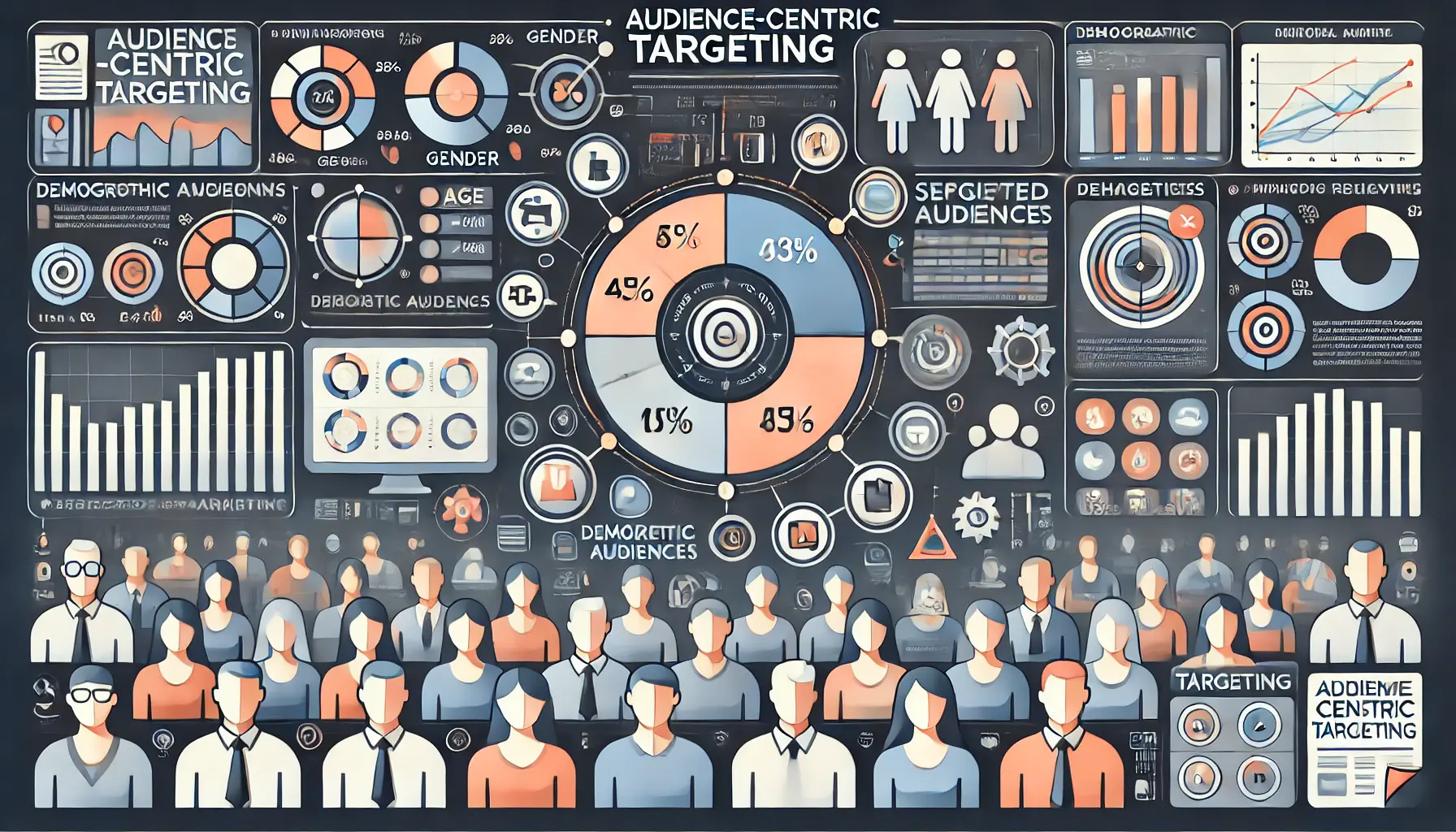
Refining ad targeting through audience-centric strategies for better ad relevance and engagement.
Audience-Centric Targeting
Fine-tuning your audience targeting aligns your ads with the tastes, interests, and needs of your viewers.
Understanding their demographics, interests, and behaviors ensures that each ad resonates on a deeper level.
Advanced targeting features, such as demographic targeting, custom affinity audiences, and behavioral targeting, allow you to reach viewers who are most likely to take action in response to your ad.
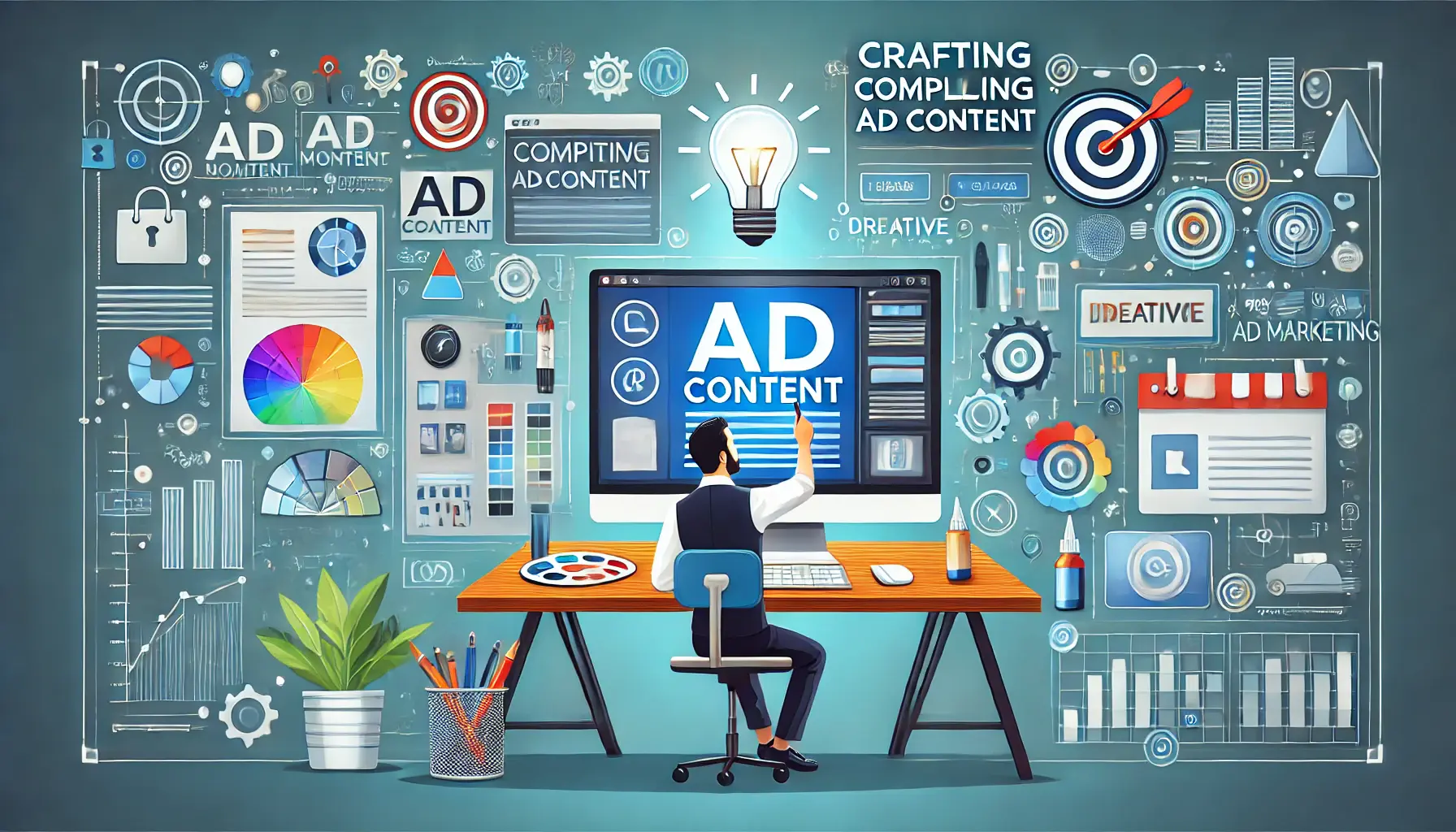
Creating engaging and impactful ad content to drive successful digital marketing campaigns.
Crafting Compelling Ad Content
Your ad content should be attention-grabbing and clearly communicate value.
Build concise, impactful messages that align with your brand’s voice.
Strong visuals, paired with a clear call-to-action (CTA), invite viewers to engage with your ad.
These elements work together to raise ad relevance, addressing the viewer’s needs and encouraging them to take action.
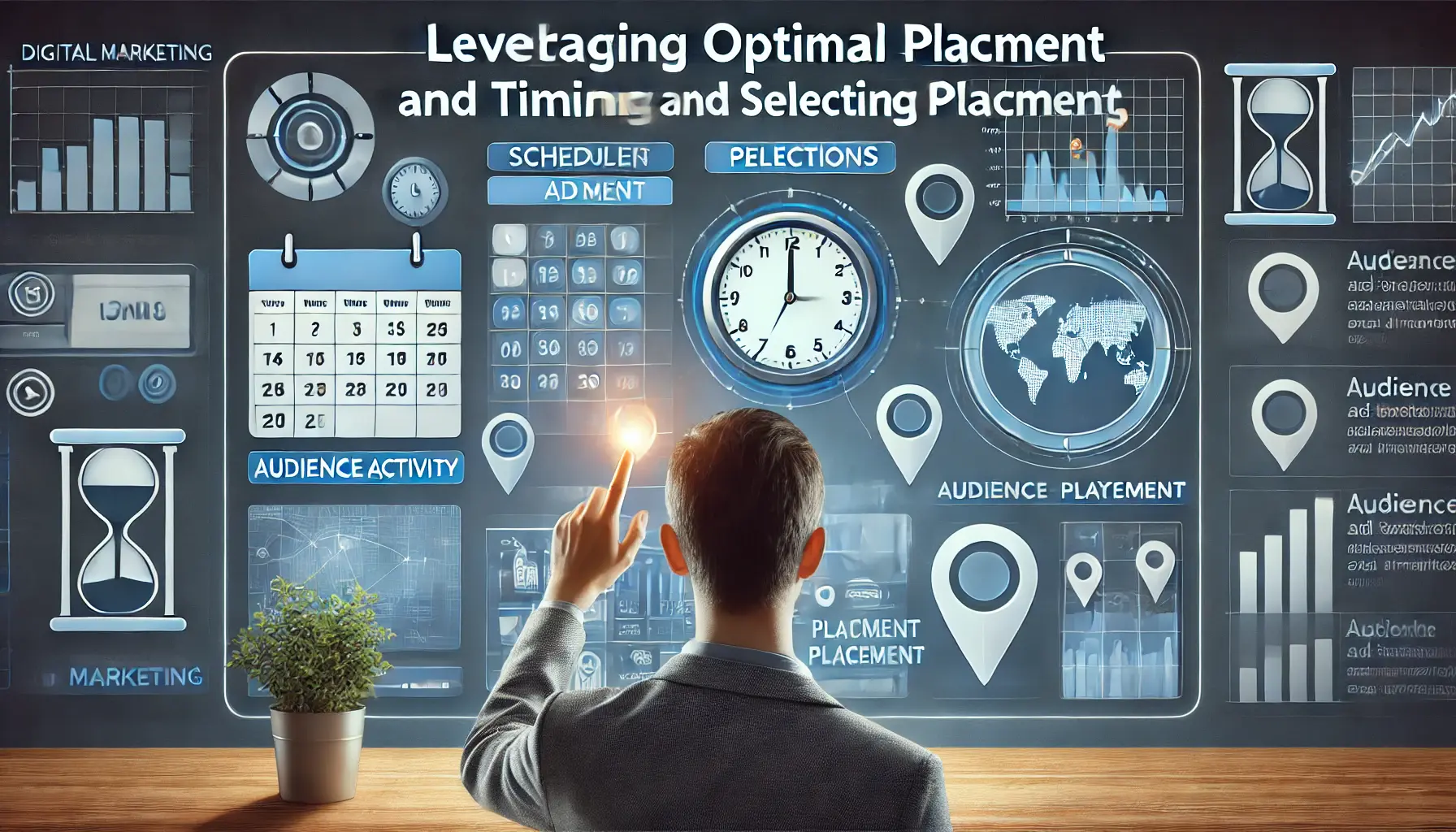
Optimizing ad placement and timing to maximize digital marketing campaign effectiveness.
Leverage Optimal Placement and Timing
Maximizing ad relevance also involves placing ads in contexts that match viewer interests and scheduling them during peak activity times.
Selecting the appropriate YouTube ad format—whether skippable, non-skippable, bumper, or in-feed—allows you to tailor your approach based on ad goals and viewer preferences.
Placement targeting lets you choose the most relevant videos, channels, or even websites on the Google Display Network to enhance relevance.
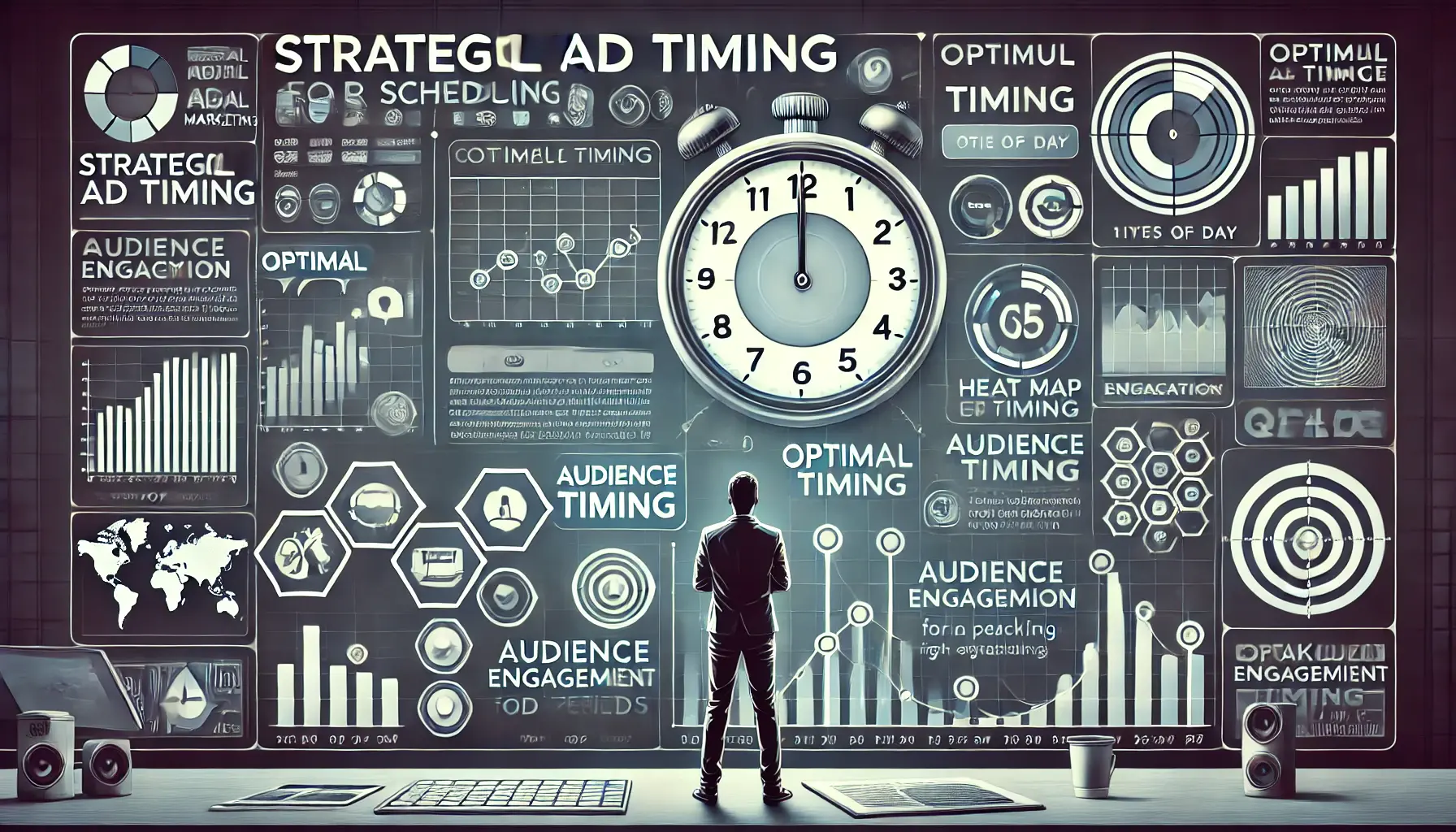
Optimizing ad timing for maximum audience engagement and digital marketing success.
Strategic Ad Timing
Timing your ads is equally important.
Analyzing when your audience is most active, adjusting for time zones, and using daypartingDayparting is the practice of scheduling ads to run at specific times of day to optimize audience engagement based on their activity patterns. help you create the best conditions for engagement.
By delivering ads when activity is highest, you increase the likelihood of viewer interaction, which enhances relevance and impact.
The path to high ad relevance on YouTube is a step-by-step process: deeply understanding your audience, crafting appealing content, optimizing placement, and scheduling strategically.
By prioritizing relevance, you add value to your ads, drive meaningful engagement, and ultimately boost the success of your YouTube campaigns.
Improving ad relevance is a continuous process that includes targeting, ad content creation, placement, and scheduling to optimize campaign success.
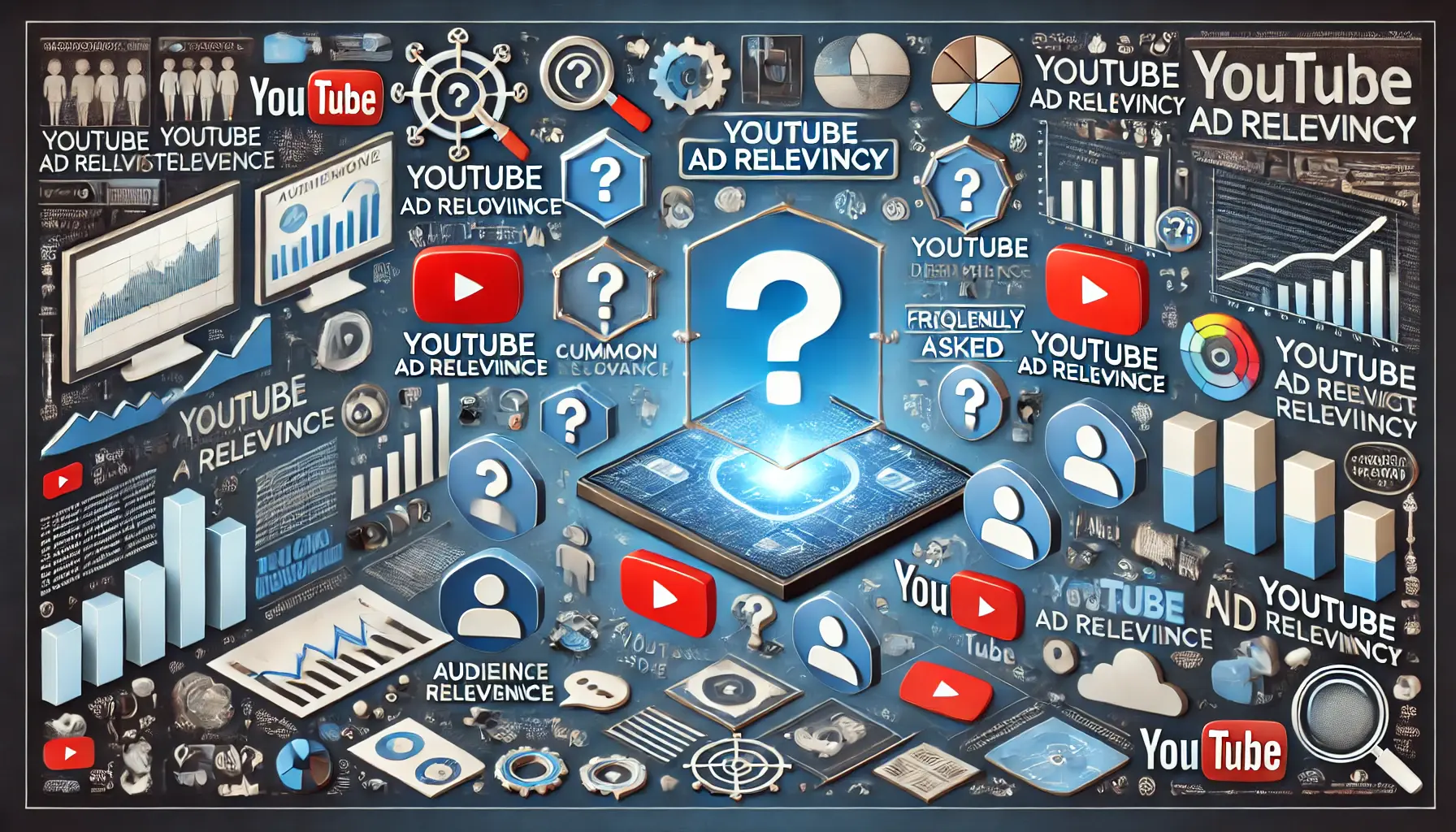
Visualizing the connection between YouTube ad relevance and common questions in digital marketing.
Your campaigns can be managed by an agency specialized in Google Ads, check out our service page.
YouTube Ad Relevance: Common Questions and Quick Answers
Improving ad relevance on YouTube is crucial for a successful campaign.
Here are some commonly asked questions and their immediate answers to help you optimize your YouTube advertising strategy.
Ad relevance refers to creating ads that align with the interests, needs, and behaviors of your target audience on YouTube, enhancing engagement and conversions.
Higher ad relevance leads to greater engagement, lower skip rates, improved click-through rates, and better conversion rates, thereby boosting overall campaign effectiveness.
Target your audience with precision, craft compelling ad content, choose the right ad format, and schedule ads during peak viewer activity times.
Use YouTube’s targeting options, such as demographic, interest-based, and behavioral targeting, to reach viewers most likely to engage with your ads.
Engaging, clear, and value-driven ad content that resonates with audience interests is essential for maximizing relevance and effectiveness.
Selecting the appropriate ad format—skippable, non-skippable, bumper, or in-feed—ensures the message aligns with viewer preferences, increasing relevance.
Timing ads to coincide with when your target audience is most active maximizes visibility and engagement, thereby enhancing relevance.
Yes, remarketing targets users who have previously interacted with your content, increasing the likelihood of engagement due to prior interest.
Higher ad relevance can lead to stronger Quality Scores in Google Ads, potentially lowering CPC and improving ROI.
